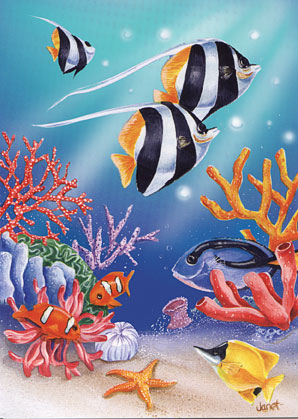
Emotional support animals can do wonders for anyone challenged by living with chronic illness. This is related but a bit different than using a trained service animal. I have both types of assistance animals so I will try to make the difference clear. People with physical or mental disability may find a service animal can perform activities of daily living (ADLs) or assist with expanding mobility. For example, my service beagle Maile helps me walk by pulling me, over riding the neurological disconnect that prevents me from ambulating with a normal gait. This is one of the requirements for qualifications a service animal. The animal must be trained to perform a task or work to assist the individual in some way.
In the case of emotional support animals, the role of the animal is different. Here, the animal is used to satisfy emotional needs counteracting the isolation and resulting depression that frequently accompany illness. My more unusual emotional support animal is a bucking bred cow named Red Baroness. She gives me a reason to get up and get going every day. She depends on me for care. this keeps me active, gives me exercise and gets me out of doors in all seasons.
I can interact, love, and experience physical contact with Red Baroness without any conditions attached. she accepts me as I am, disabled, but still needing regular interaction with other living things. Though I have lost many of my capabilities, I am still valuable in her eyes as a caregiver and companion. This gives me purpose and a sense of being needed.



